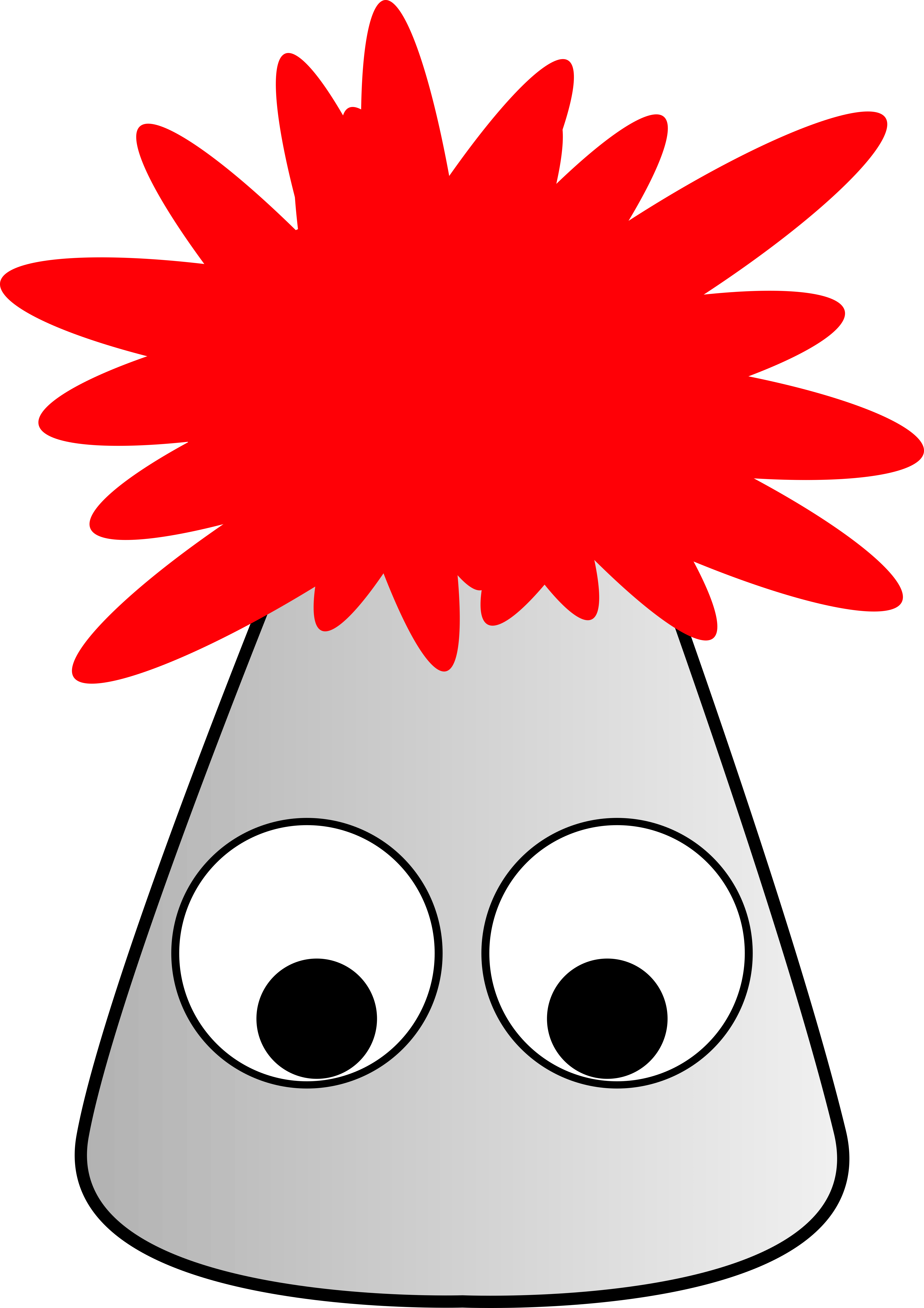 Reading Notes for Chapter 16
Reading Notes for Chapter 16 Reading Notes for Chapter 16
Reading Notes for Chapter 16Monosaccharides have a carbonyl functional group (either an aldehyde or a ketone) and a carbon chain that is 3-6 carbons long.
Monosaccharides with an aldehyde carbonyl group are called aldoses. Monosaccharides with a ketone carbonyl group are called ketoses.
Monosaccharides with a 3-carbon chain are called trioses. Monosaccharides with a 4-carbon chain are called tetroses. Monosaccharides with a 5-carbon chain are called pentoses. Monosaccharides with a 6-carbon chain are called hexoses.
There are a number of types of isomers that are important in carbohydrates and specifically monosaccharides. Isomers are different substances that have the same chemical formula with different arrangements of the atoms in the molecules.
Constitutional isomers - same formula, different connectivity. 2,3-dimethylhexane and 3-ethylhexane are constitutional isomers. Also called structural isomers.
Stereoisomers - same formula, same connectivity, mirror image. For a stereoisomer, there have to be 4 different groups attached to a carbon. The carbon is called a "stereocenter" and the molecule is called "chiral" (kai-rul). Different stereoisomers are designated using either R/S or D/L.
Glucose, galactose, and fructose are important hexoses found in biological systems. They all have the same chemical formula, but they are different molecules, so these are isomers. Glucose and galactose are aldohexoses, fructose is a ketohexose.
These 3 monosaccharides are the basis for all common naturally occurring "sugars". They are each sweet by themselves, but can also be combined to form disaccharides such as sucrose and lactose.
We often draw monosaccharides in a linear form using Fischer projections, but they often exist in nature as cyclic structures. When the monosaccharide cyclizes, the double bond of the carbonyl reacts to form a 5-member or 6-member ring. Because a double bond (1 degree of unsaturation) reacts to form a single bond and a ring (1 degree of unsaturation), the chemical formula is the same for the linear and cyclic form of these hexoses. Cyclic structures are drawn using Haworth projections.
There are a number of important disaccharides.
Sucrose - "table sugar", disaccharide consisting of one glucose and one fructose unit. Commonly isolated from cane or beets. Hydrolysed by dilute acid or by the enzyme sucrase.Maltose - "malt sugar", disaccharide consisting of two glucose units. Less sweet than sucrose. Hydrolysed by the enzyme maltase.
Lactose - "milk sugar", disaccharide consisting of one glucose and one
galactose unit. Hydrolysed by the enzyme lactase.
The monosaccharides are connected by a 1,4-glycosidic bond. "1" and "4" refer to the positions in the glucose ring that are connected by bond. These 1,4-glycosidic bonds can either be described as "alpha" or "beta" linkages depending upon the orientation of the monosaccharides.
Nature has evolved to be able to produce saccharides relatively easily, so it makes sense that those building blocks are used for a variety of functions. In addition to the simple digestible mono- and disaccharide sugars, saccharide building block are also used to store energy and provide structure.
Amylose - linear polymer of glucose units connected by alpha-1,4-glycosidic bonds. Amylose's main function is the storage of energy. Along with amylopectin, amylose is a component of "starch". Starch is the primary way that plants store glucose for energy.
Amylopectin - branched polymer of glucose units connected by alpha-1,4-glycosidic bonds with some alpha-1,6-glycosidic bonds. In theory, all of the "-OH" groups in glucose could forms some sort of glycosidic bond, but typically only the 1,4 and 1,6 bonds form. Amylopectin's main function is the storage of energy. Along with amylose, amylopectin is a component of "starch". Starch is the primary way that plants store glucose for energy.
Glycogen - highly branched polymer of glucose units connected by alpha-1,4-glycosidic bonds with some alpha-1,6-glycosidic bonds. Glycogen is the primary way animals store glucose for energy.
Cellulose - linear polymer of glucose units connected by beta-1,4-glycosidic bonds. Cellulose's main function is structural in plants. Because cellulose has beta linkages instead of alpha linkages, humans cannot digest cellulose because humans do not produce the cellulase enzyme. Some animals and bacteria do produce cellulase, so are able to break cellulose down to glucose.
